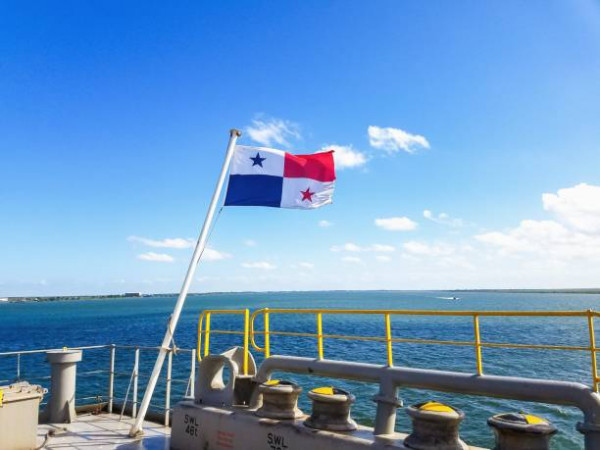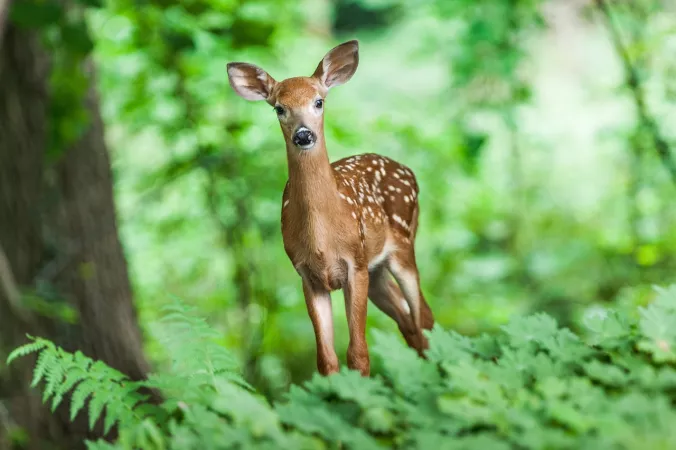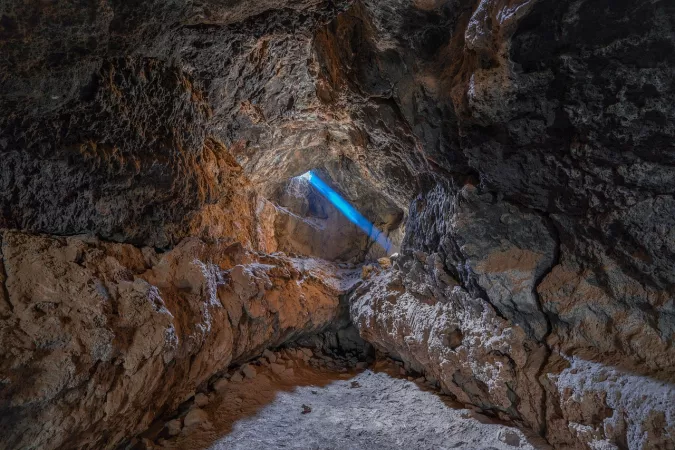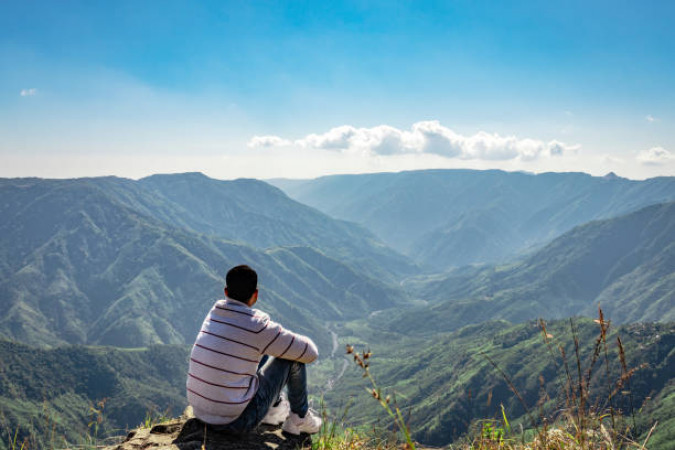Tura Travel Guide
Tura, located in the beautiful northeastern state of Meghalaya in India, is a hidden gem waiting to be explored. This tranquil town is renowned for its lush green landscapes, cascading waterfalls, and rich cultural heritage. Tura is the largest town in the Garo Hills and is a perfect destination for nature lovers and adventure enthusiasts.
Top Attractions in Tura
- Nokrek National Park
- Siju Caves
- Balpakram National Park
- Garo Hills
- Chibok Falls
Tura is Famous for
Known for its stunning natural beauty and diverse wildlife, Tura is famous for being a nature lover's paradise.
Top Attractions in Tura
Explore the breathtaking beauty of Nokrek National Park, discover the mysterious Siju Caves, and witness the majestic wildlife at Balpakram National Park. The Garo Hills offer panoramic views, while Chibok Falls provides a serene escape into nature.
What's Great about Travelling to Tura?
- Perfect destination for nature lovers
- Opportunity to explore diverse wildlife
- Tranquil and serene environment
What's Not So Great about Travelling to Tura?
- Limited tourist infrastructure
- Challenging terrain for some travelers
- Weather can be unpredictable
Travel Tips for Tura
- Check visa requirements before traveling
- Local transportation options are limited, so plan accordingly
- Respect local customs and traditions
Important Tura trip information
- Ideal Duration: Spend at least 3-4 days to explore Tura and its surroundings.
- Best Time to Visit: The best time to visit Tura is from October to March when the weather is pleasant.
- Nearby Airports and Railway Stations: The nearest airport is in Guwahati, and the closest railway station is in Guwahati as well.
Top 8 Places to visit in Tura
FAQ's on Tura
Q1: What is the best time to visit Tura?
is best visited during the months of October to March when the weather is pleasant with clear skies. This period is ideal for outdoor activities and exploring the natural beauty of the region. However, do note that December and January can be busier due to holiday season.
Q2: Do I need a visa to travel to Tura?
Tourists visiting typically require a tourist visa. It is advisable to check with the embassy or consulate of the country you are traveling from for specific visa requirements. Some nationalities may be eligible for visa-on-arrival or visa-free entry.
Q3: What are the must-visit attractions in Tura?
When in , don't miss out on visiting the stunning Nokrek National Park, the picturesque Siju Caves, and the tranquil Simsang River. Additionally, the Balpakram National Park and the Pelga Falls are also popular attractions worth exploring.
Q4: Is Tura a safe place to travel?
is generally considered safe for tourists. However, like any destination, it is advisable to stay cautious, especially in crowded areas and to avoid traveling alone at night. Be mindful of your belongings and follow local advice for a safe and enjoyable trip.
Q5: What is the local currency in Tura and can I use credit cards?
The local currency in is the Indian Rupee (INR). While some establishments may accept credit cards, it is advisable to carry cash, especially in rural areas. ATMs are available in major towns for convenient access to cash.
Q6: What is the local cuisine like in Tura?
The cuisine in is a delightful mix of Garo tribal flavors and traditional Indian dishes. Don't miss trying local delicacies like bamboo shoot curry, smoked pork with rice, and tungrymbai (fermented soybean chutney). Vegetarian options are also available.
Q7: What transportation options are available in Tura?
In , transportation options include local buses, shared taxis, and auto-rickshaws for getting around the city. Car rentals are available for exploring the surrounding areas. Additionally, hiring a local guide can enhance your travel experience.
Q8: Are there any cultural norms or etiquette I should be aware of when visiting Tura?
Respect for local customs is important in . When visiting religious sites or interacting with locals, modest attire is recommended. It is polite to greet people with a smile and a nod. Avoid pointing with your feet and always seek permission before taking photographs of individuals.
Q9: I am a travel agent. How can I buy travel leads of Tura?
Register yourself as a travel agent at agents.tripclap.com and then you can buy travel leads to Tura once your account is approved. For more details contact our support team at +91-8069186564 or support@tripclap.com










